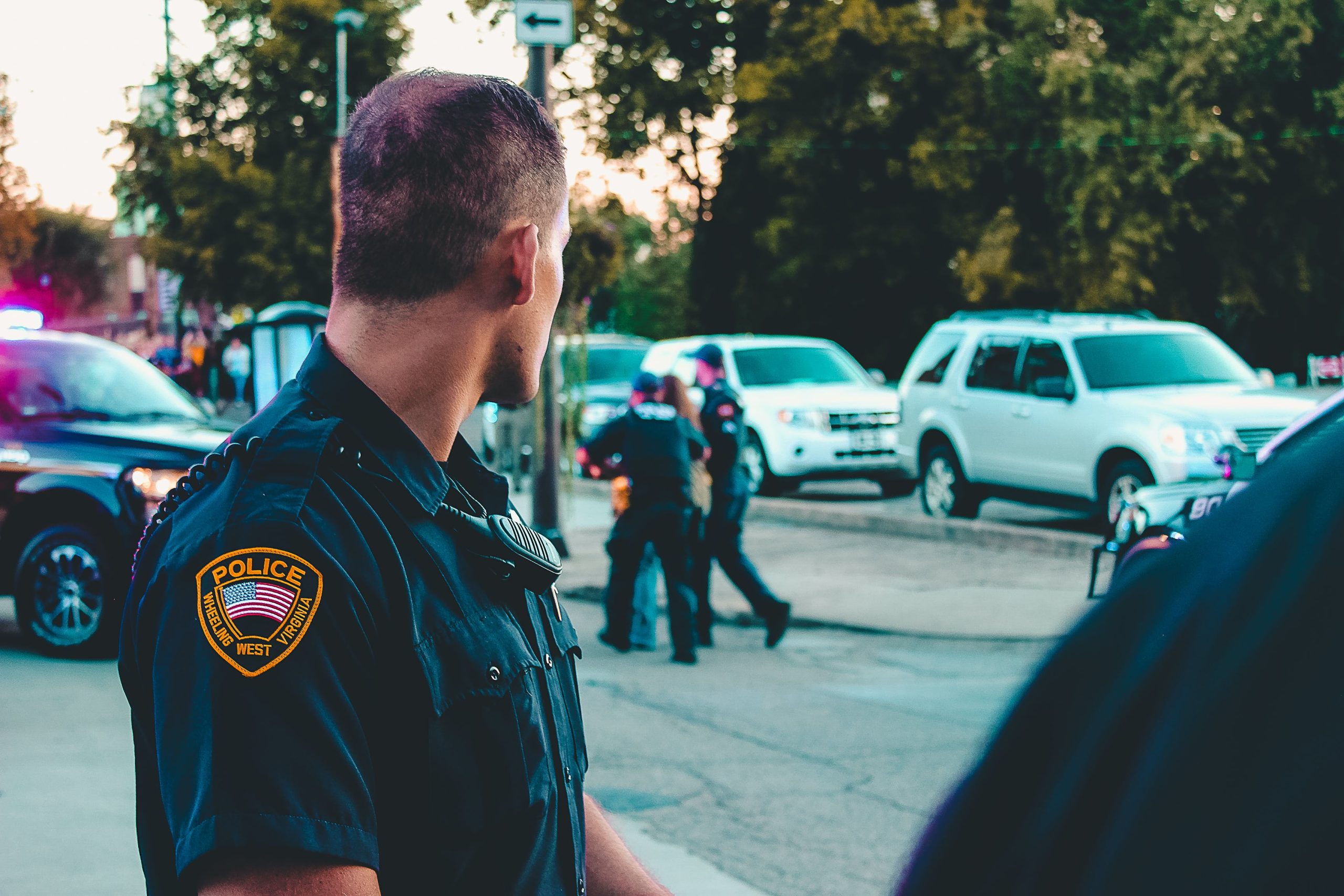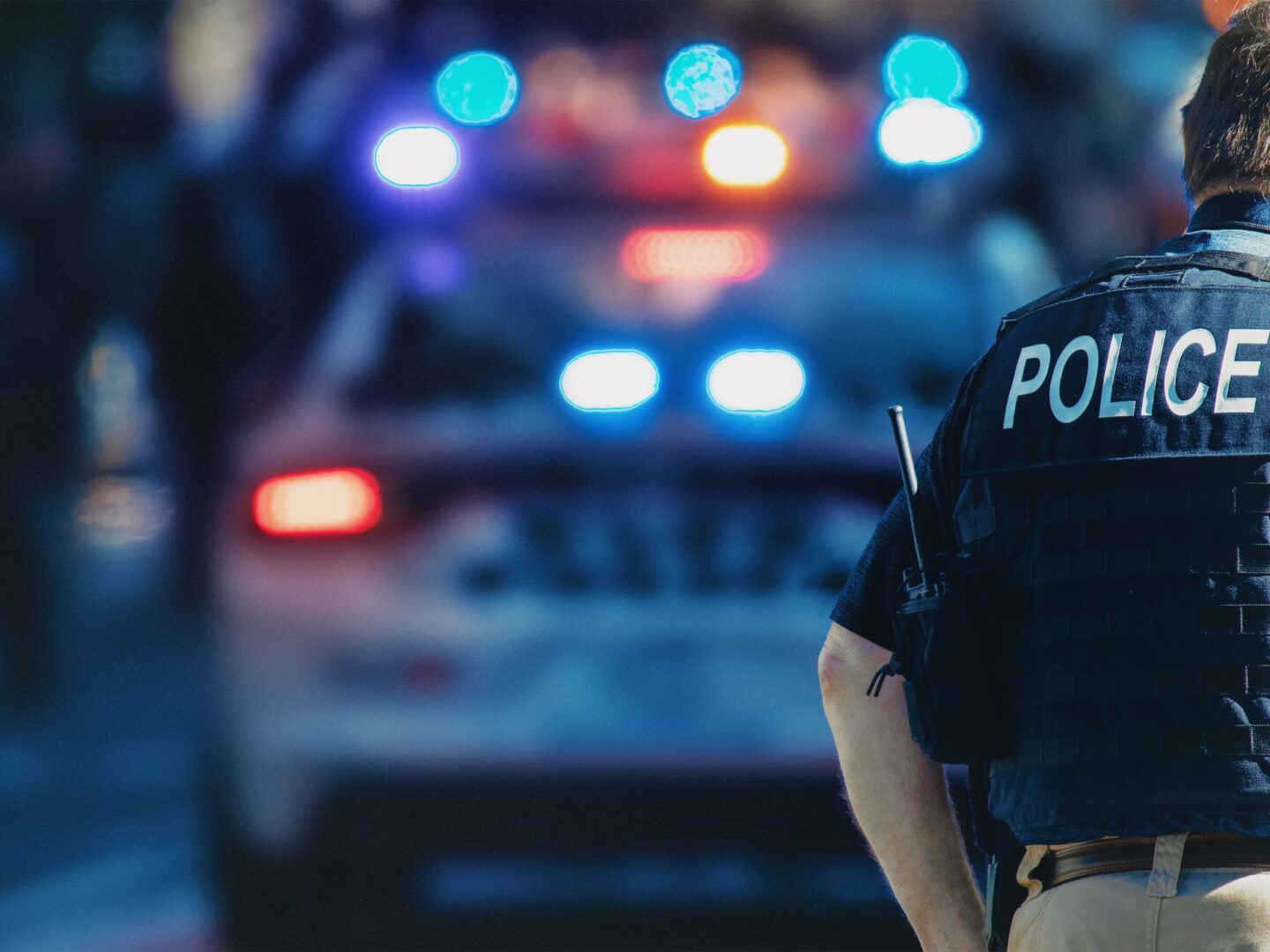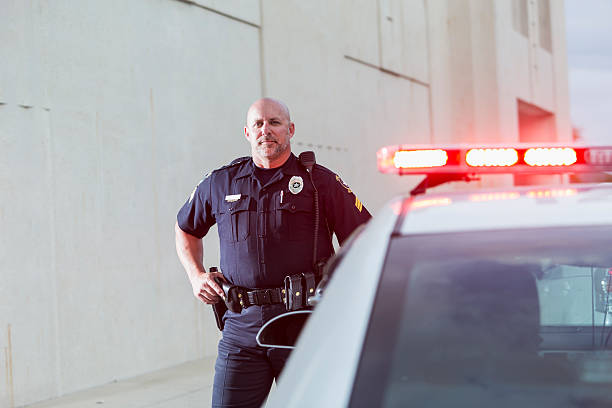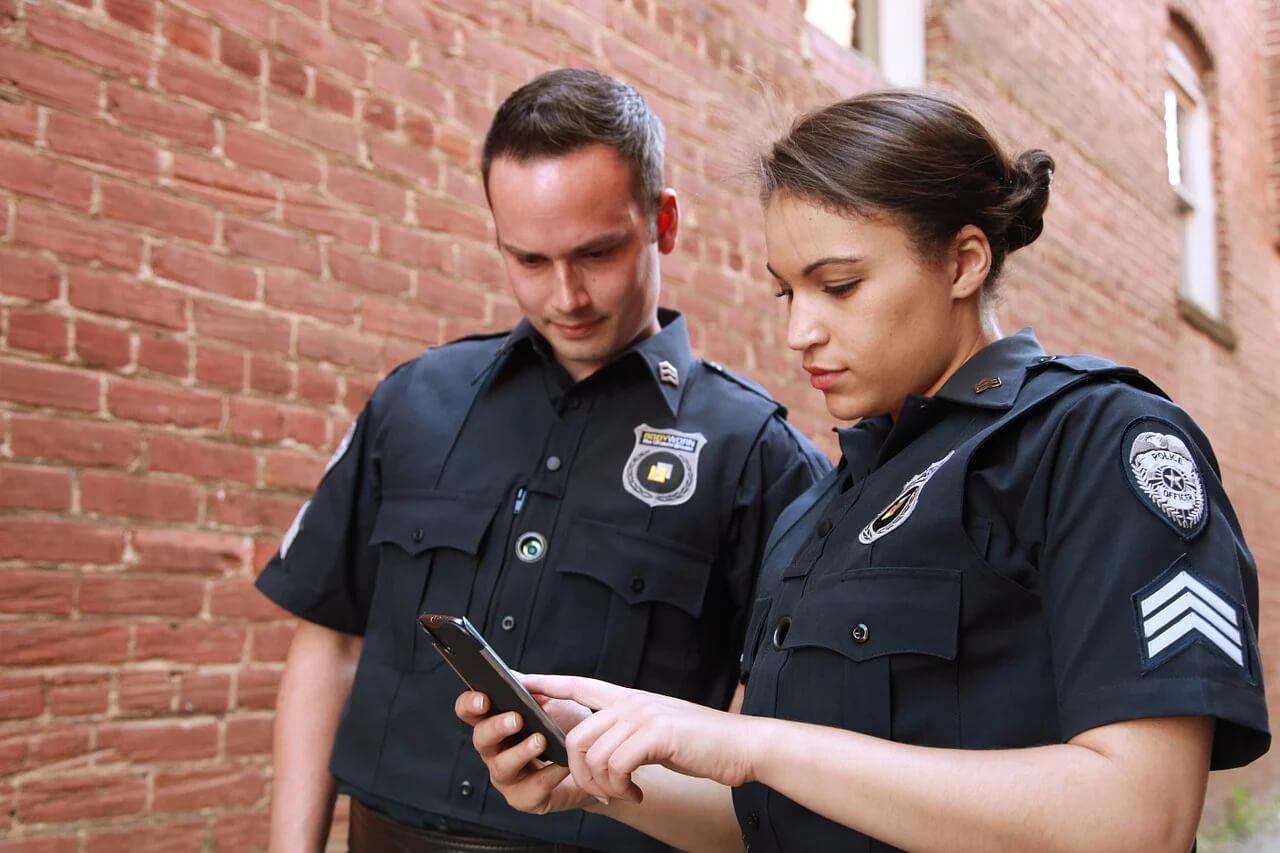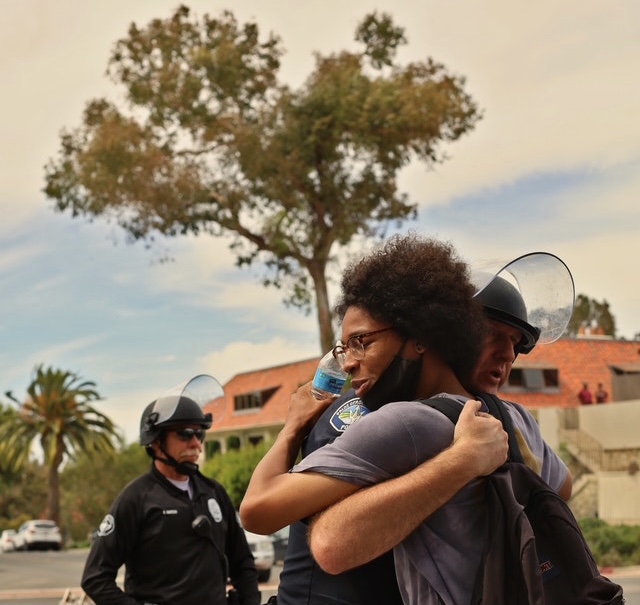The Hidden Dangers: What Police Officers Face on the Job
Being a police officer has always involved immense risk and responsibility. But in recent years, the dangers faced by law enforcement seem to be rising while their standing in the community has diminished. High-profile incidents have strained police-community relations in many cities. Officers have increasingly found themselves targets of violence and vilified by vocal critics. This takes a toll on the safety, morale and mental health of police nationwide.
As law enforcement leaders, we have a duty to fully understand and mitigate these hidden dangers impacting our officers. Protecting their well-being is not only morally right – it’s crucial for supporting effective public safety in our communities. This article aims to uncover contributing factors to officer safety issues and provide research-based guidance on overcoming them.
The Perils of the Profession
Let’s start by examining some statistics on the very real safety threats faced by police officers today:
- According to the National Law Enforcement Officers Memorial Fund, law enforcement line of duty deaths rose 55% from 2020 to 2021. Leading categories of fatalities were firearms-related ambush attacks, traffic-related incidents and COVID-19 exposures.
- A Pew Research survey in 2017 found that 86% of officers have become more concerned about their safety and 94% feel their colleagues have become more reluctant to stop and question people who seem suspicious.
- FBI data shows 60,105 officers were assaulted in the line of duty in 2021 – the highest tally in decades.
These dangers take a toll. Studies have found law enforcement officers have a higher suicide rate than any other profession. Estimates are that 1 in 5 police officers exhibit symptoms of post traumatic stress disorder. Our protectors are clearly under threat themselves.
Examining Factors Fueling The Risks
To protect our law enforcement personnel, we must seek to understand what’s driving these concerning trends. Based on data and research, key factors include:
Increasingly Dangerous Routine Encounters
While high-profile ambush attacks rightfully capture attention, much of the day-to-day danger police face comes from routine situations that suddenly turn violent. Consider:
- Traffic stops: A study by the FBI found violations during traffic stops resulted in more officer injuries and deaths than any other police activity. Stops can turn deadly in an instant if a violator becomes aggressive.
- Domestic violence calls: Domestics account for nearly a third of all non-accidental police fatalities. Emotions and firearms make a toxic mix. As one officer noted: “Domestics are among the most serious and unpredictable calls we respond to.”
- Mental health crises: Substance abuse is a factor in 1 in 10 police officer deaths. Many departments now partner mental health professionals with police to handle these delicate, unstable situations.
The risks of routine duties must not be underestimated. As frontline responders, officers constantly encounter the worst of humanity in crisis. We must properly prepare them – physically and mentally – for this harsh reality.
Proliferation of Ambush Attacks
While not yet the norm, ambushes and premeditated assaults on law enforcement have risen sharply in recent years:
- The FBI reports ambush-style killings of police more than doubled from 22 in 2017 to 48 in 2021. High-powered rifles were used in over half the incidents – an alarming trend.
- A 2020 study found the frequency of ambush assaults on officers increased by 93% between 2014-2019 compared to the previous 5 years. Again, rifles were the leading weapon used in the attacks.
- Ambushes are rarely impulsive acts. The researchers found 91% of assailants had planned details of the attack in advance. Surveillance of police was a common tactic.
The proliferation of ambush attacks against law enforcement represents an extremely disturbing shift. Unfortunately, experts say ambushes are almost impossible to predict or prevent given their premeditated nature. But awareness, vigilance and proper equipment can help police departments deter, survive and respond to these incidents.
Strained Community Relations
Research has found perceptions and treatment of police can directly impact officer safety. A 2017 Pew survey revealed:
- 93% of officers are more concerned about their safety due to high-profile fatal encounters between black citizens and police.
- 75% say interactions between police and blacks have become more tense.
- Nearly 8 in 10 officers believe the public doesn’t understand the risks they face.
This aligns with FBI data showing assaults on officers surge after high-profile use of force incidents involving police. Strained community relations clearly take a psychological toll on law enforcement. And in some cases, anti-police hostility escalates to violence. Proactively strengthening public trust and partnerships will improve officer safety along with community well-being.
Mental Health Impacts
Put simply, the accumulated stresses of policing can warp perspectives and take officers to dark places:
- The rate of PTSD among police has been estimated from 7% up to 35% – far higher than the public. Undiagnosed PTSD can severely compromise judgement and reactions.
- Studies show law enforcement officers die of suicide at a rate 60% higher than killed in the line of duty. Depression, PTSD, substance abuse and relationship stresses contribute to these tragic outcomes.
- A 2020 survey of police chiefs found just 3% felt their department provides sufficient mental health resources for officers. But 45% of chiefs reported concern over their own mental health and wellbeing.
The bottom line is we must treat psychological wellness as part of officer safety. Proactively addressing mental health will save lives and lead to healthier departments.
Evidence-Based Strategies to Protect Our Protectors
Now that we’ve explored the dangers and their driving factors, let’s examine proven strategies police leaders can implement to better protect the wellbeing of their personnel.
Prioritize Training and Equipment
Proper training and equipment can help officers avoid, de-escalate and survive violence:
- Defensive tactics/force training: Annual training in hand-to-hand defense, weapons skills, and reacting to attacks is essential. As ambushes proliferate, scenario-based training helps officers respond decisively and tactically.
- De-escalation training: Learning to calm tense encounters through verbal tactics reduces the need for force. One study found departments with de-escalation training cut civilian injuries in half.
- Protective gear: Soft body armor, trauma kits, and – in some cases – military-grade protective equipment helps officers withstand attacks. Proper gear saves lives.
- Rifle-resistant body armor: As ambushers increasingly use high-powered rifles, departments must upgrade body armor to withstand rifle rounds. No armor is perfect, but added resistance buys critical time to survive an ambush.
Funding such training and equipment should be a top budget priority. Studies confirm investing in proper tactical preparation pays dividends in officer safety.
Foster a Culture of Safety
Along with proper tactical preparation, police leaders must instill an organization-wide culture that emphasizes safety:
- Reinforce vigilance on duty: Officers should maintain awareness, vary routines, notify colleagues of their location, and not let routine breed complacency.
- Promote peer monitoring: Colleagues should watch for signs of excessive stress or risk-taking in others and intervene early. Battle buddies help officers avoid going down dark paths.
- Facilitate regular open conversations: Give officers protected space to share safety concerns, appreciate the stresses they face, and problem-solve solutions together.
- Lead by example: By modeling safety-conscious behaviors and attitudes personally, chiefs and command staff set the tone for the whole agency.
- Reward safety initiative: Praise, publicize and incentivize actions taken by officers to improve safety – whether suggesting a new type of gear or a better protocol.
- Normalize asking for help: Seeking support should be encouraged, not seen as weakness. The healthiest departments treat mental and physical safety as intertwined.
A culture that has officers’ backs, takes threats seriously, and provides support without stigma is essential for keeping them safe in the field.
Prioritize Community Relations
As noted earlier, strained community relations elevate risks to officer safety. To safeguard personnel, police leaders must champion positive, proactive community engagement:
- Increase transparency: Clearly communicate policing policies and data on uses of force to the public. Misinformation and mistrust thrive in secrecy.
- Amplify community voices: Form civilian advisory councils and meet regularly with community groups to understand needs and perspectives.
- Support diversion programs: Partner with mental health providers and social services to reduce criminalization of addiction and mental illness. This builds trust.
- Conduct outreach: Attend community events, visit schools, do public presentations, and engage residents in positive contexts unrelated to crime.
- Denounce excessive force: When misconduct does occur, leaders must condemn it strongly and support accountability. Sweeping problems under the rug destroys community faith.
Proactively building community bonds helps prevent tensions from morphing into hostility and violence toward police. It also reinforces the shared humanity on both sides of the badge.
Provide Robust Mental Health Resources
As studies have shown, unaddressed trauma and stress endangers officers mentally and physically. To protect our protectors, police departments must provide:
- Proactive counseling: Don’t wait for crisis. Have counselors meet regularly with officers to check their mental health and teach coping strategies.
- Easy access to mental health services: Provide confidential therapy with professionals skilled in law enforcement challenges. Make it simple and stigma-free to use.
- Peer support programs: Train officers to provide peer counseling and lead support groups for colleagues grappling with stress and trauma.
- Family counseling: Offer counseling to spouses and kids to work through job impacts on family dynamics and relationships. This protects home life.
- Crisis intervention: After traumatic incidents, promptly implement psychological first aid and counseling to minimize long-term harm.
- Suicide prevention: Provide specific training on suicide warning signs and directing colleagues to help. Battle silence and stigma around the issue.
Prioritizing mental health ultimately saves lives – both of officers and the citizens they serve. It must be a pillar of protecting our protectors.
Listen to Your Officers
Police leaders can employ all the strategies above, but they must also listen to officers themselves to understand risks through their eyes. Frequent, anonymous safety surveys can reveal troubling trends or concerns that demand attention.
As one police chief explained: “My officers know better than anyone what’s putting their lives in danger. Regular safety surveys are a chance to learn from them directly so I can keep improving policies and training to keep us all safe. The feedback has helped us upgrade equipment, add scenario-based training, and strengthen support programs. Just opening the lines of communication makes a huge difference in trust and morale.”
In addition to surveys, maintaining an open door, making ride-alongs, and grabbing coffee with officers helps leaders stay attuned to ground truths and emerging threats. No dashboard statistic substitutes for listening to your people.
The Bottom Line for Police Leaders
Law enforcement officer safety is a multifaceted challenge. But through a combination of tactical preparation, cultural change, community partnership and mental health support, police leaders can overcome the dangers and fulfill our paramount duty – protecting those who protect us.
When officers feel supported physically and mentally, they perform better in the field. When departments minimize excessive force and build community bonds, they help prevent violence against police stemming from anti-police hostility. And when officers feel their lives are valued, they gain reinforcement to value all lives while doing their difficult, dangerous jobs.
By making officer safety a top priority, we create a positive ripple effect that results in healthier departments, safer communities and improved police-community relations. The strategies highlighted in this article offer a roadmap to get there. But we must begin with an unwavering commitment to facing the risks through officers’ eyes – and doing everything in our power to keep them safe. Their lives depend on it.
Police chiefs can utilize Officer Surveys as a valuable tool to assess the mental health of their officers and make informed, data-driven decisions. By distributing surveys regularly, law enforcement agencies can gain insights into the well-being, stress levels, and overall mental health of their personnel. Officers can anonymously provide feedback about their experiences and challenges, allowing chiefs to identify potential areas of concern. Analyzing survey data can reveal trends and patterns, helping police leadership make targeted interventions, allocate resources, and implement policies that support their officers’ mental health. Ultimately, leveraging Officer Surveys enables police chiefs to prioritize the well-being of their teams and create a healthier work environment within their departments.


